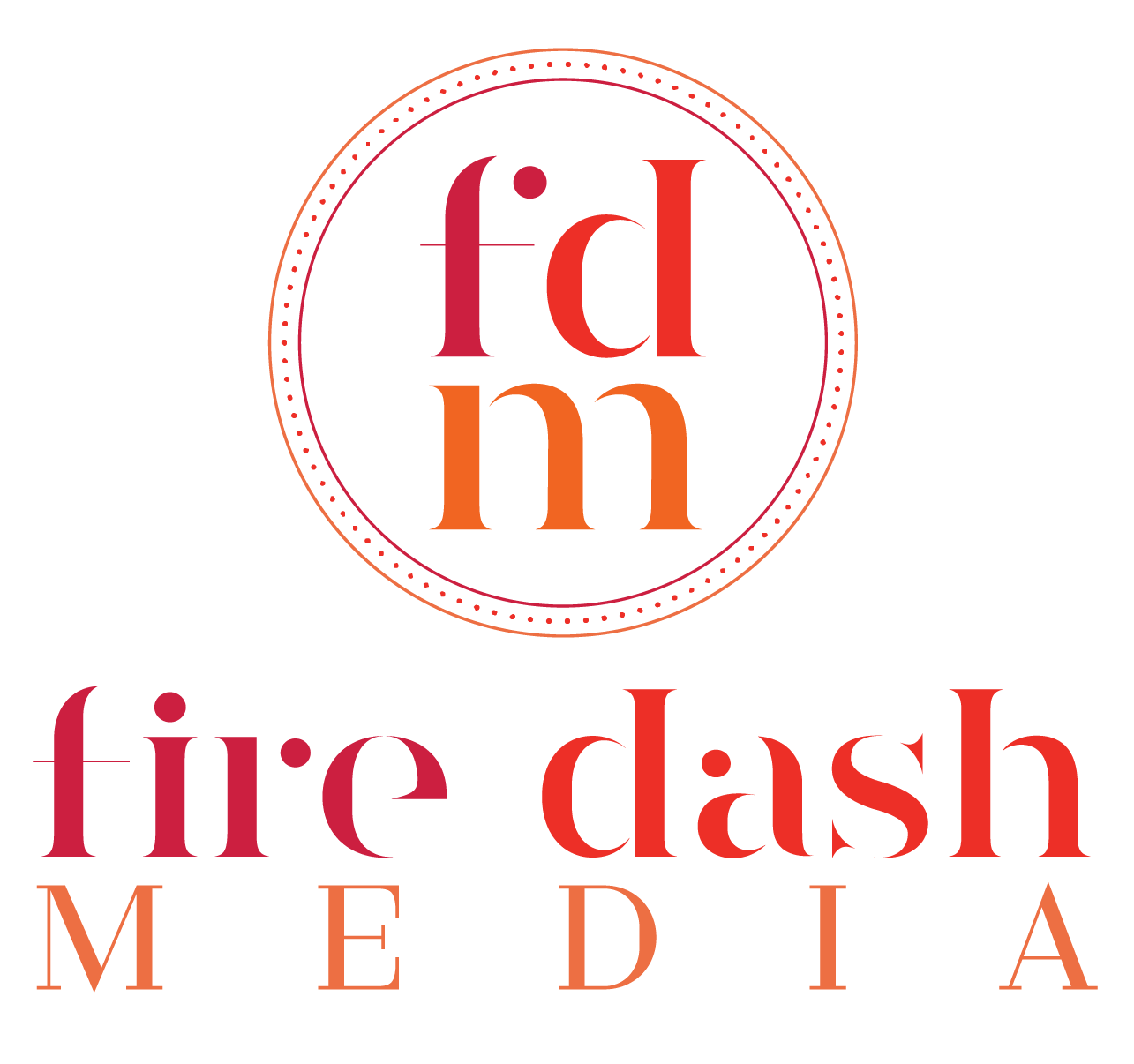
26 Jul 6 Best Practices for Influencer Marketing
Influencer marketing has exploded in the past 18 months. I still remember, back in 2012, when we ran our bootstrapped e-commerce startup and noticed the beginnings of the ‘blogger’ phenomenon (that’s what influencers were first called).
This is the rise of the groundswell of influencers. For the first time in decades, every day men and women can have more of an impact than the most famous celebrities. This movement has inspired anyone, and I mean anyone to be able to pick up their mobile device and become influential.
So let’s cut to the chase and dive right into what everyone wants to know about influencer marketing.
How (much) should influencers be compensated?
It’s a grossly inefficient market. We’ve personally seen influencers tell us they’ll do a post for a brand for $50 and then ask another brand for $5,000. Crazy, right?
Brands know that influencer marketing is powerful but they’re discouraged because influencers’ sponsorship pricing seems to be arbitrary and fragmented.
On the flip side, we know that influencers are valuable and put a lot of hard work into their content, audience and more. And they should be compensated — with balance.
Here are 6 best practices or guidelines that you can use to help determine how much you should be paying for influencer marketing:
1. FOLLOWERS VS ENGAGEMENT
An active influencer should have 1–4% engagement on their most recent 10 posts. The general rule of thumb is the higher amount of followers and engagement, the higher the price the influencer can charge.
2. LAW OF SCARCITY
For example, if you had a beard-oil product, expect to pay 2.5x more for a bearded male influencer. Why? Because bearded male influencers are more scarce than clean shaven fellows.
3. INFLUENCER CATEGORY
Expect an initial higher pricing range if the influencer is a premium luxury consumer versus your everyday drugstore makeup beauty influencer.
4. VALUE OF YOUR PRODUCT
It’s totally common for brands to ship products over to influencers for them to try and rave. Influencer pricing is also affected by the retail value of the products given to them. An example would be, if an influencer’s usual fee is $500 and they’re given a $500 jacket — their sponsorship fee can be negotiated to as low as $50 or free.
5. INFLUENCER’S PASSION
I know this is a strange one but it’s true. If your influencers are passionate experts in your niche, they may be entirely happy just to do it for product or for a lower sponsorship rate.
6. CAMPAIGN TYPE
Let’s face it, if you’re asking an influencer to host a giveaway on their Instagram feed or have them involved in a huge production — it’s going to cost you more. Expect at least 1.5x-2x on their influencer pricing. The whole point of influencers working with brands is to remain authentic. A good influencer will only work and be endorsed by brands that they truly love and believe in because they have a higher calling to their audience. A great influencer will bridge a long term relationship with your brand and product and continue to produce amazing, trusted content.
About the Writer:
Jennifer Yemu Li #Wartime CEO at Musefind
Formidable Female Founder. Proud Army Veteran of 11 years. Over 4 years of experience of Digital Marketing working with companies like Mondelez, Shiseido, and overseeing campaigns reaching over 60,000,000 target consumers.
Do you have something to add to her tips? Share it in the comments below.



Sorry, the comment form is closed at this time.